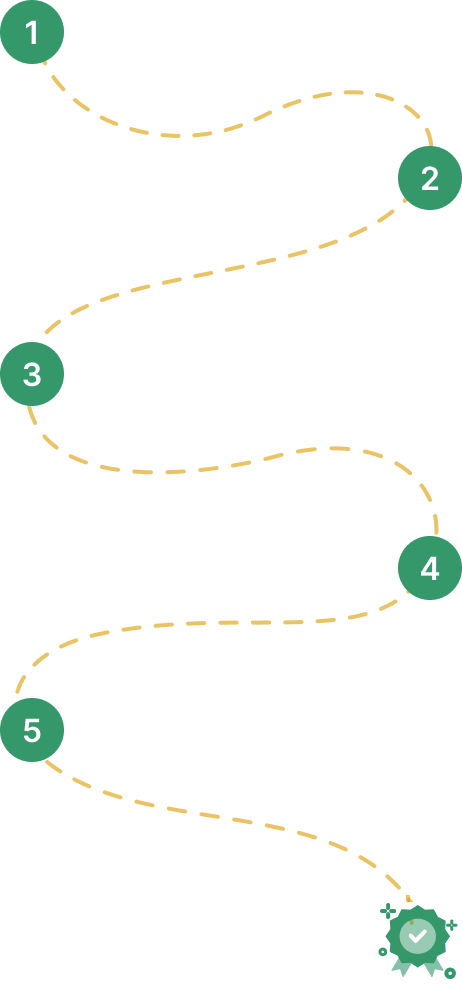- Home
- Cyber Security and SIEM Courses
- Cyber Security Training


Real-time Use cases | 24/7 Lifetime Support | Certification Based Curriculum |
Flexible Schedules | One-on-one doubt clearing | Career path guidance |
Mindmajix cybersecurity training in Houston enables to learn various concepts of cybersecurity such as cyber threats, risks, vulnerabilities, risk analysis, risk management, and risk mitigation. You will also learn about various methods and techniques to protect the system and the network infrastructure from unauthorized attacks. The training teaches you about system vulnerabilities, malware detection, and protection of confidential information from hackers. After completion of cybersecurity training, you become eligible for Cybersecurity certification.
Our Cybersecurity Course Curriculum is curated by industry professionals who are having more than 15+ years of experience in Cybersecurity platforms. In this training session, you'll learn Fundamentals of Cybersecurity, concepts, security architecture, and other advanced concepts in the Cybersecurity domain.
Mindmajix offers advanced CyberSecurity Interview Questions and Answers along with CyberSecurity resume samples. Take a free sample practice test before appearing in the certification to improve your chances of scoring high.
Most of the Cyber Security Jobs in the industry expect the following add-on skills. Hence, we offer these skills-set as FREE Courses (Basics) to ease your learning process and help you stay ahead of the competition.
Our Cyber Security Training course aims to deliver quality training that covers solid fundamental knowledge on core concepts with a practical approach. Such exposure to the current industry use-cases and scenarios will help learners scale up their skills and perform real-time projects with the best practices.
25 hrs of Self-Paced Videos
$ 184Save20%
$ 230
Get Full Access
25 hrs of Remote Classes in Zoom/Google meet
2026 Batches
Start - End
Local Time
Weekend
Jan 10 - Jan 25
07:00 PM
Weekdays
Jan 13 - Jan 28
07:00 PM
Weekend
Jan 17 - Feb 01
09:00 AM
Weekdays
Jan 20 - Feb 04
09:00 AM
Customize your schedule here
$ 451Save20%
$ 564
Empower your team with new skills to Enhance their performance and productivity.

Passing Cyber Security Quizzes & Assessment exams is mandatory to attain the Cyber Security Course Completion certificate
Once you complete the Cybersecurity training at mindmajix, you'll be assisted in the certification process. visit the official site to register for the exam. Take the exam and attain a passing score, to get certified.

Learn from the certified and real time working professionals.

Surender , having 10+ yrs of experience
Specialized in:Cyber Security, Python, CCNA , AWS, Linux
Surender has got 10+ years of industrial experience working for global MNCs. He chose to deliver online training and contribute informative articles and blogs to various websites to share his technical expertise.
Course content is really good and support folks are really helpful. Supports at every time with full energy. thanks to the very enthusiastic trainer and Best Institute for Cybersecurity training. Keep up the good work! Thank for Mindmajix.
Student
Lead - Salesforce Cloud, D&IT
Senior Technical Manager
Global Head of Infra, Security and Networks,
Business Analyst at American Red Cross, Culpeper, Virginia, United States
IT Business Systems Analyst, Sales Applications • CX GTM Global Program Manager - WomenConnect
Team Leader - DB Admin


Our work-support plans provide precise options as per your project tasks. Whether you are a newbie or an experienced professional seeking assistance in completing project tasks, we are here with the following plans to meet your custom needs:
To meet the learning needs of people spread across various geographical locations, we are offering our high-quality training services at the location of your choice to ensure you obtain maximum impact for your training investment. Choose your city below.
BangaloreDallasChennaiHyderabadMelbourneDelhiKolkataMumbaiNoidaPune
